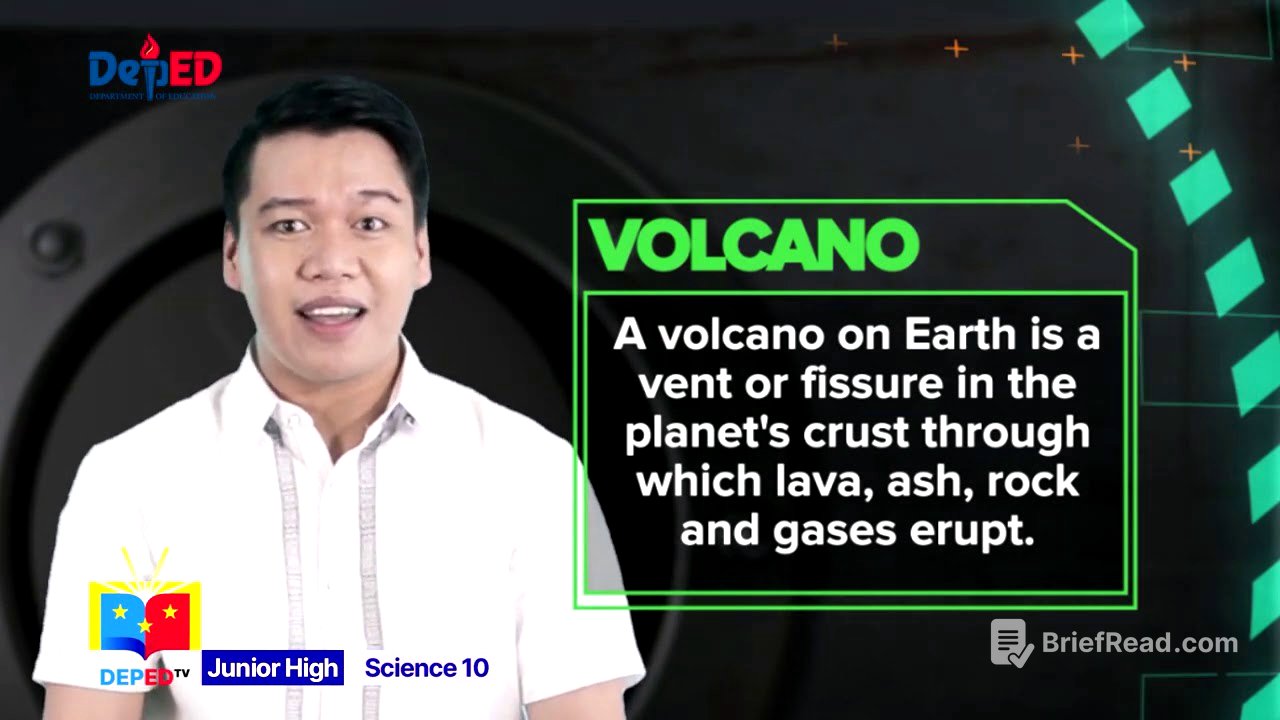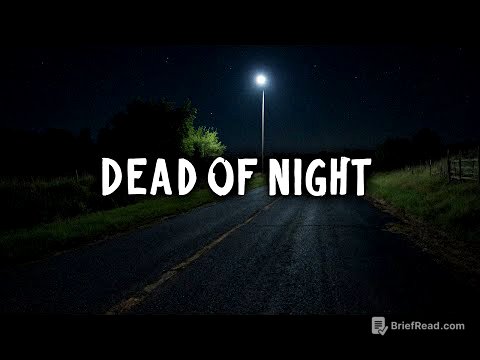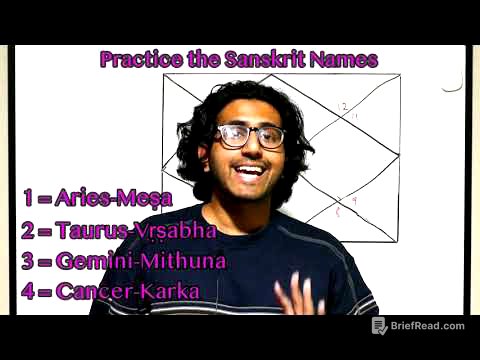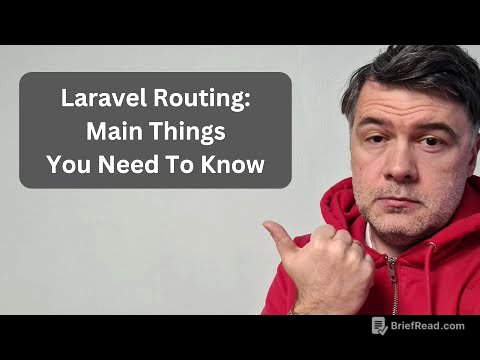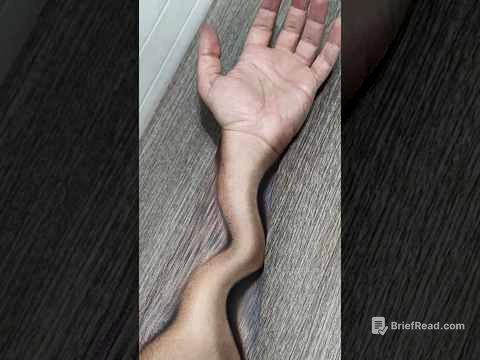TLDR;
This video lesson by Teacher Melvin focuses on plate tectonics, explaining how it relates to the distribution of active volcanoes, earthquake epicenters, and mountain ranges. The lesson includes interactive activities and quizzes to reinforce learning. Key points covered include the structure of the Earth, the movement of tectonic plates, and the significance of the Ring of Fire.
- Plate tectonics explains Earth's surface features and movements.
- Earthquakes, volcanoes, and mountain ranges are related to plate boundaries.
- The Philippines is located in the Ring of Fire, a geologically active area.
Healthy Tips for Screen Time [0:28]
The video starts with five tips to maintain health while using screens. First, sit properly with back support. Second, change positions regularly, alternating between sitting on a couch, chair, or the floor. Third, use dim lighting instead of strong or no lighting to prevent eye damage. Fourth, use commercial breaks to stretch and walk around. Finally, avoid watching TV in bed to prevent neck and back pain.
Introduction to Plate Tectonics [1:31]
Teacher Melvin introduces the concept of plate tectonics, explaining that it elucidates the features and movements of the Earth's surface, both past and present. The lesson will focus on understanding plate tectonics through the distribution of active volcanoes, earthquake epicenters, and mountain ranges. An interactive game is introduced to help reinforce key scientific terms.
Mystery Word Challenge [4:03]
The video presents a game where viewers must guess mystery words based on three hints provided for each of the five levels. Level 1 requires guessing the word "epicenter" (location above the focus, earthquake). Level 2's word is "mountain" (land form, steep slopes, larger than hills). Level 3's word is "seismograph" (instrument, detect and measure intensity, record earthquakes). Level 4's word is "earthquake" (violence, shaking, destruction, movement within the earth's crust). Level 5's word is "volcano" (opening, earth's crust, molten rock). Successfully guessing all words "fuels" the vessel to 100%.
Earth's Structure and Plate Movement [7:15]
The lesson explains that the ground we stand on is always moving. The lithosphere, a 100-kilometer thick layer of solid rock including the crust, lies above the asthenosphere. The asthenosphere is a solid layer with softer rock due to high pressure and temperature, allowing convection to occur. Convection in the asthenosphere is the foundation of plate tectonics, where the Earth's lithosphere is broken into numerous segments called plates. The video references a figure in the self-learning module showing the moving plates and fault lines, noting seven large plates including the African, Antarctic, Eurasian, North American, South American, Indo-Australian, and Pacific plates, along with smaller ones like the Philippine plate.
Distribution of Earthquakes, Volcanoes, and Mountain Ranges [9:48]
The video presents three maps showing the distribution of earthquake epicenters, major volcanoes, and mountain ranges. Earthquakes are concentrated in narrow zones, often near the edges of continents, mid-continents, or in the ocean. Volcanoes are also not randomly distributed, with the majority found along the edges of some continents, particularly the western coasts of North and South America and East and Southeast Asia. The Himalayas, the world's greatest mountain system, and the Cordillera Central and Sierra Madre ranges in the Philippines are highlighted.
Relationship Between Plate Movements and Geological Activities [13:09]
Earthquake epicenters, volcanoes, and mountain ranges are often located close to each other due to plate movements. As plates interact along their margins, geologic processes such as the formation of mountain ranges, active volcanoes, and earthquake epicenters occur. Plate movements can cause earthquakes, which can happen on land or underwater, with underwater earthquakes potentially causing tsunamis. The Philippines is situated in the Ring of Fire, a geologically active area with frequent earthquakes and volcanic eruptions, where about 90% of the world's earthquakes occur.
The Ring of Fire and Notable Volcanoes [14:57]
The video discusses the Ring of Fire, also known as the circum-Pacific belt, highlighting its active volcanoes, faults, and earthquake epicenters that surround the Pacific region. It compares a map of active volcanoes with a map of plate movements, noting their correlation. Mount Pinatubo in the Philippines, known for its violent eruption in 1991, is mentioned, along with Mount Fuji in Japan and Mount St. Helens in Washington.
Pop Quiz: Science Factories [17:19]
A five-item pop quiz is conducted to assess understanding of the lesson. Question 1: Which ocean has a ring of volcanoes around it? (Pacific). Question 2: Which Philippine volcano is famous for its 1991 eruption? (Mount Pinatubo). Question 3: Which is the longest mountain range in the Philippines? (Sierra Madre). Question 4: Which area has no volcano or earthquake activities? (Australia). Question 5: How are earthquake epicenters, active volcanoes, and moving plates located in the Pacific Ring of Fire? (They are situated in the same location).
